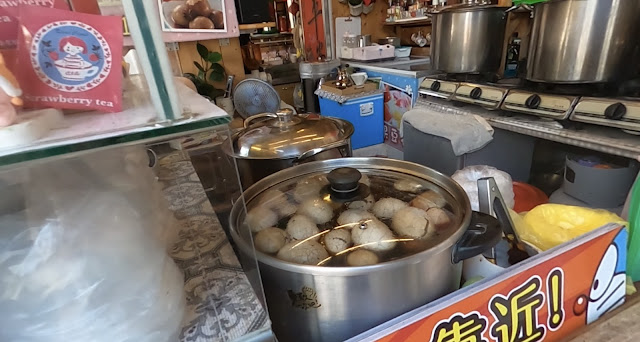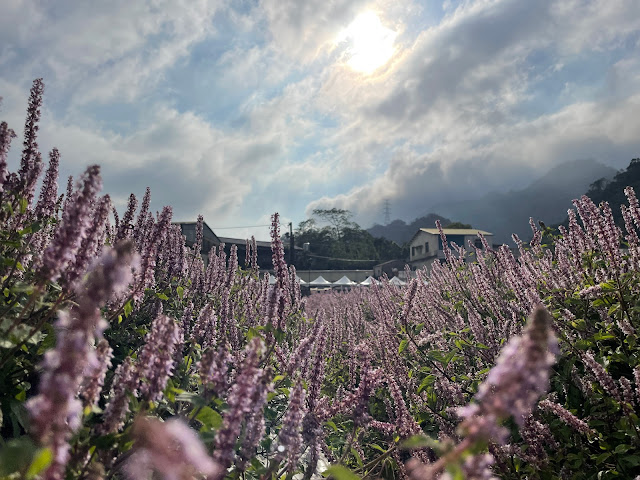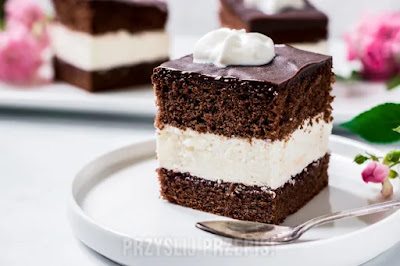Strawberry Culture Center (草莓文化館)
Today, my husband asked me to choose a place to visit and practice my driving skills. It was only my second time driving since I got my license, and I can't say I was great at it, but we managed to drive over 20 kilometers without any major issues.
While browsing through Google Maps, I came across the Strawberry Culture Center. I thought it would be the perfect place to visit, especially since strawberry season in Taiwan has just begun. After visiting the center, I can say it was worth the trip. There were plenty of unique products available, such as strawberry-flavored sausages and strawberry tea eggs. Who would have thought those flavors could work well together, right? Well, to be fair, I enjoy eating strawberries with pasta and strawberry-filled dumplings, so maybe I shouldn't judge.
I also had the opportunity to taste strawberry wine, and it was really delicious! I tried four different types of wine with varying alcohol percentages and production methods.
Dahu Township is located in the southern part of Miaoli County and borders six other townships: Shitan to the north, Gongguan, Tongluo, and Sanyi Townships to the west, Zhuolan Town to the south, and Taian Township to the east. The climate here is mild and rainy, and the area is famous for its strawberry production, earning it the nickname "strawberry kingdom." The Hakkas are the main ethnic group in the area, so the local dialect spoken here is predominantly Hakka.
Dahu is the leading producer of strawberries in the country in terms of technology and planting area. Although strawberries originated in Europe, the earliest record of their introduction in Taiwan dates back to 1934 when the Japanese introduced them and started trial planting in Yangmingshan. Initially, the immature cultivation techniques hindered economical cultivation, and it didn't gain popularity in the market. However, farmers in Dahu, Miaoli started cultivating strawberries and soon it became synonymous with the region.
Dahu Wineland Resort is located behind Zhongyuan Road and the Strawberry Cultural Center on Provincial Highway 3, which runs through Dahu Township in Miaoli. Following the 921 earthquake in 1999, the Dahu Farmers Association made efforts to revive tourism earnings and supported the establishment of the winery and the equipment of the cultural center. The winery officially opened in 2002.
Dahu Winery is the first strawberry wine production area in Asia. The production process is rigorous and has received various awards. The wine "Collected Love Berry" even won the "Brussels International Spirits Competition-Gold Medal" in 2018. Currently, strawberry wine is only produced in Canada and the United States, making Dahu Winery the third in the world and the first in Asia to produce strawberry wine.
The resort park features a Strawberry Cultural Center, a winery, an area for wine products, fruits, and tea, an agricultural specialty products exhibition and sales hall, the Dahu hot springs club, the Dahu wine cellar, a strawberry house, and a Dahu strawberry garden. Visitors can learn about the winemaking process and try strawberry wine, making it a unique attraction to explore the development of Dahu's strawberry culture, history, and heritage.
The first floor of the Strawberry Cultural Center is the exhibition area for agricultural products, while the second floor houses the video screening room and souvenir shop. The third floor is the strawberry ecological display area, and the fourth and fifth floors are home to the restaurant, which serves specialty cuisine made from locally grown agricultural products, as well as the sky garden.
In the exhibition area on the first floor, the focus is mainly on strawberry-related products, such as strawberry jam, ice cream, vinegar, and biscuits. In the winemaking area, visitors can observe the juice-making process through transparent glass, which showcases the winery's advanced equipment, the filter room, the laboratory, the bartending room, the packaging room, and the strawberry wine production processes.
You can also spot various strawberry-themed decorations around the town. Nearby, there is a bus station shaped like a strawberry, which I found pretty cute. Additionally, you can come across tiles with strawberry imprints and strawberry sculptures adorning different buildings. Even the rubbish cans are shaped like strawberries!









































































